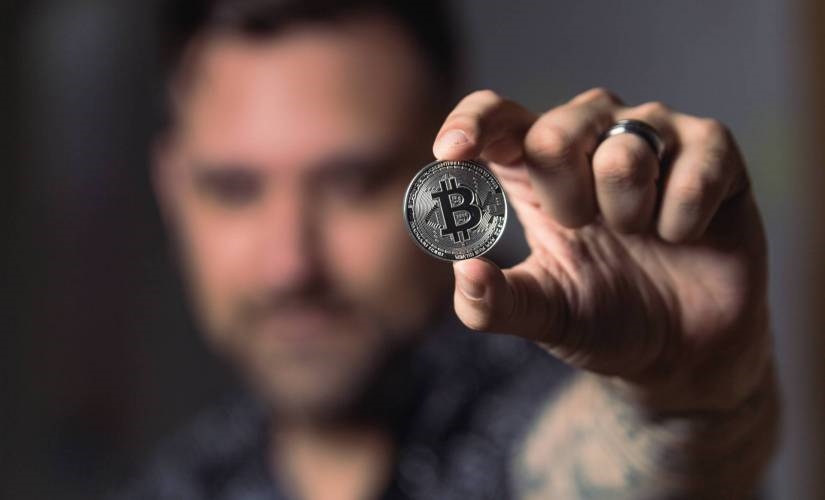How to Make Your Own Cryptocurrency

Bitcoin, Ethereum, Litecoin, and a handful of other cryptocurrencies have broken into the mainstream, but what if you want to start a cryptocurrency of your own? There are many valid motivations for doing so. For example, you may not like how the mainstream coins operate; you may want to found a new coin with a new underlying philosophy or mode of operation. You may want to challenge yourself with a new tech project. Or you may just want to get into a new coin early, to maximize your potential gains.
Whatever your core motivation, is it possible to start a cryptocurrency of your own?
Tokens vs. Coins
First, you should understand the difference between a token and a coin. To create a coin, you’ll need to have a dedicated blockchain for that coin. Tokens, by contrast, can operate on existing blockchains, and are therefore easier to create from scratch. Tokens are also limited to use within a specific project, while coins aim for widespread utility. In most cases, coins can buy tokens, but tokens can’t buy coins.
If you’re reading this article, you’re probably interested in starting your own coin, which means you’ll need to create your own blockchain.
Designing Your Own Blockchain
Designing and building your own blockchain is a major limiting factor in this endeavor. Blockchain development is a technically complex subject, and one with a limited talent pool; because blockchain-based solutions are in such high demand, experienced blockchain developers are hard to come by.
Of course, you could always try to build a blockchain yourself. If you build a blockchain over HTTP, you can use a common programming language like Python. The fundamentals of blockchain coding are straightforward; you’ll create a blockchain class to store the blockchain, and another to store your transactions. You’ll then create a method to create individual blocks for your chain, where each block contains the cryptographic hash from the previous block. You’ll also need systems for managing transactions, and allowing for proof of work (which allows most currencies to be “mined”).
For most users, this will be the most technically challenging phase of creating a cryptocurrency. However, it’s entirely possible to do, even with limited programming skills and limited programming experience—especially if you hire other developers to join your team. In other words, the physical process of creating a new cryptocurrency isn’t restrictive.
However, getting your coin into widespread use is exceptionally challenging.
Security Concerns
As banking continues to shift online and cryptocurrency makes strides towards displacing traditional funds, what is the state of cybersecurity? A quick look at the headlines is elucidating; a hacker manipulated digital markets to turn a flash loan into $ 360,000, trojans are stealing the two-factor authentication to access cryptocurrency exchanges, and digital-first banks are lagging on security measures for fear of compromising user experience. It’s not a pretty picture, and that’s just scratching the surface.
Turning our attention to the growing population trading futures online, looming cybersecurity threats mean these investors need to choose their platform with care. The futures market is complicated enough without these dangers, but to keep their money safe, investors should keep a close eye on these 3 factors as they select their preferred platform:
Existing Regulations
The Commodity Futures Trading Commission (CFTC) is responsible for regulating futures markets, and that includes the platforms investors use to trade futures. When choosing a futures trading platform, then, it’s important to make sure that the platform is overseen by the CFTC, or other appropriate regulators, depending on region. Though most platforms boast at least some degree of regional regulation, certain platforms stand out, such as IG, a pre-digital futures trading platform, boasting CFTC, Financial Conduct Authority, and Australian Securities and Investment Commission, among others. Trustworthiness and authority are often regional, so a platform highly regarded in the UK may not be held in such esteem in the US.
Risk Management
Risk management goes hand-in-hand with regulation, but when it comes to choosing a futures trading platform, they’re not one and the same. What’s more, the degree of risk – and the types of risk – that investors find acceptable, will vary widely depending on the trader’s experience. According to research by RJO Futures, new traders consider risk management tools a top priority, while advanced traders prefer access to pre-market risk functions; they want to understand risk, not avoid it.
What kinds of risk management or risk analysis tools appeal to a given investor will depend largely on your experience level, as well as on your financial position. While some will want risk management at every level, others seek little more than assurances that there are no major data risks embedded in their platform of choice.
Cryptocurrency And Combined Risks
While futures investors typically dealt in conventional commodities like wheat, soy, or oil, more recently, futures trading has come to embrace a new horizon: cryptocurrency. This is a seriously risky situation from a cybersecurity perspective, since it opens up the possibility of being hacked at multiple levels. Binance, which is opening up to cryptocurrency-based futures trading, has had problems with hacking in the past, so users should proceed with caution. For now, it may be safer to avoid combining fiat-to-crypto exchanges with futures investment to minimize risk. From a security perspective, increased international regulation may be one of the best things to happen to platform-based futures trading, because these laws are creating uniform pressure on platforms to protect user information. From Europe’s GDPR standards to California’s CCPA, platforms are being forced into compliance. How each platform will respond in the long-term remains to be seen, but as we’ve seen with banks, regulation is critical to trust and, ultimately, to performance.
The Marketing Problem
One of the biggest challenges you’ll face is basically a marketing problem. If your coin is going to be successful, you’ll need thousands, if not millions of users constantly mining the coin, verifying transactions, and placing transactions. If your coin isn’t in widespread circulation, or if it doesn’t have a path to get to that level, it won’t be successful (other than being an interesting coding exercise for yourself).
On one hand, you may be able to solve this by making your cryptocurrency more visible. Here, you can employ a number of different marketing and advertising methods to try and win popular support. For example, you can write and update a blog about the perks of your coin, you can write and syndicate press releases. With enough money and effort, you can get people talking about your coin.
But then, another problem kicks in. With so many successful mainstream coins already in circulation, how are you going to distinguish your coin? Why would someone deliberately choose to mine or make purchases with your currency, rather than something like Bitcoin, which probably has a much longer history and a better reputation?
To solve this problem, you’ll need some unique feature to distinguish yourself. You can’t compete with Bitcoin by simply being a worse, newer version of Bitcoin. You have to offer your users something different, like a logistical advantage or a different way of doing business.
The Regulatory Problem
There’s also a regulatory problem to consider. Cryptocurrency regulations are always evolving, and if you want your currency to be legally acceptable, you’ll need to follow certain guidelines. Initial coin offerings (ICOs) are increasingly rare, because it’s much harder to get approved for such an offer. And if you plan on offering your coin internationally, you’ll need to become familiar with a host of laws in different countries.
The Bottom Line
The bottom line here is this: while it’s technically possible to make your own cryptocurrency, the positioning, marketing, and regulatory challenges are steeper than many newcomers realize. If you’re genuinely interested in introducing a new coin to compete with the top players, you’ll need to have a solid strategy in place—and a truly disruptive idea to distinguish your coin from its competitors.
The post How to Make Your Own Cryptocurrency appeared first on ReadWrite.
(59)







